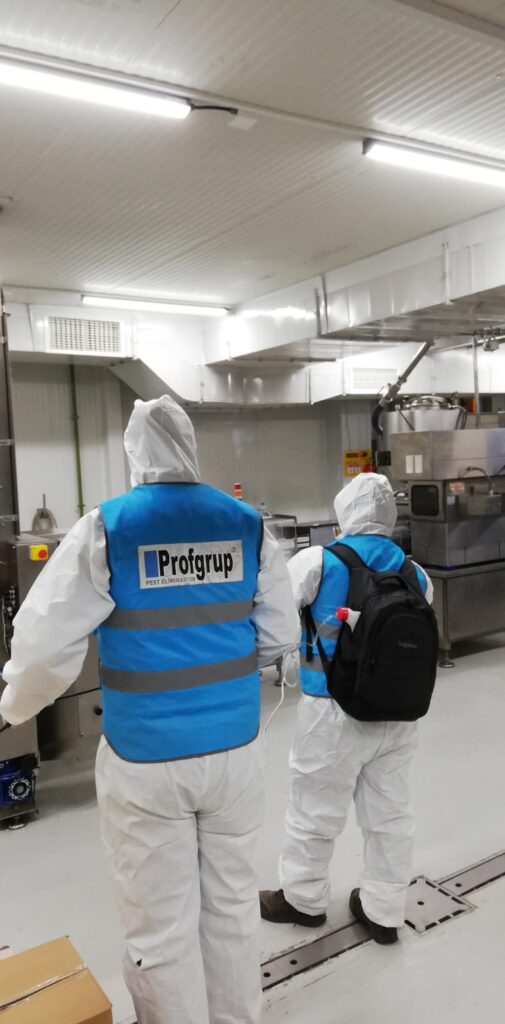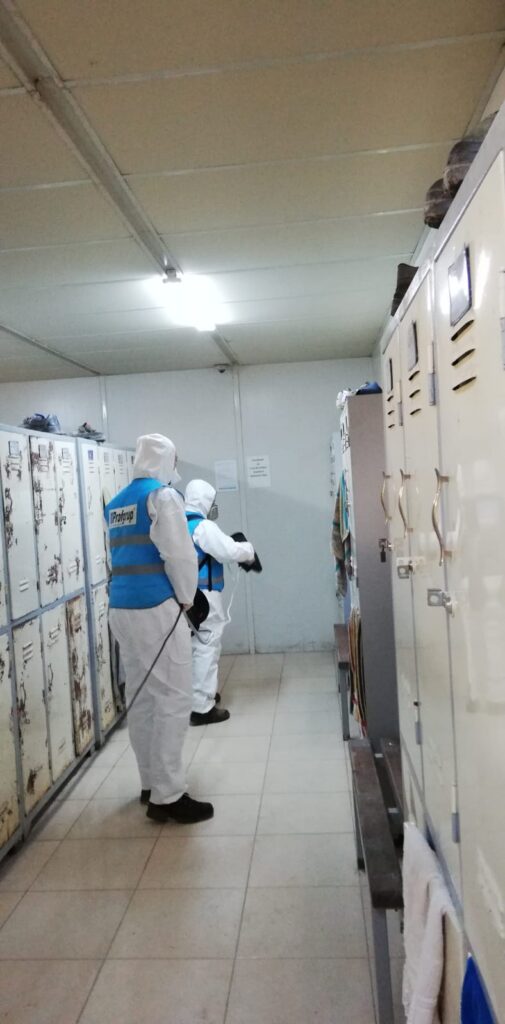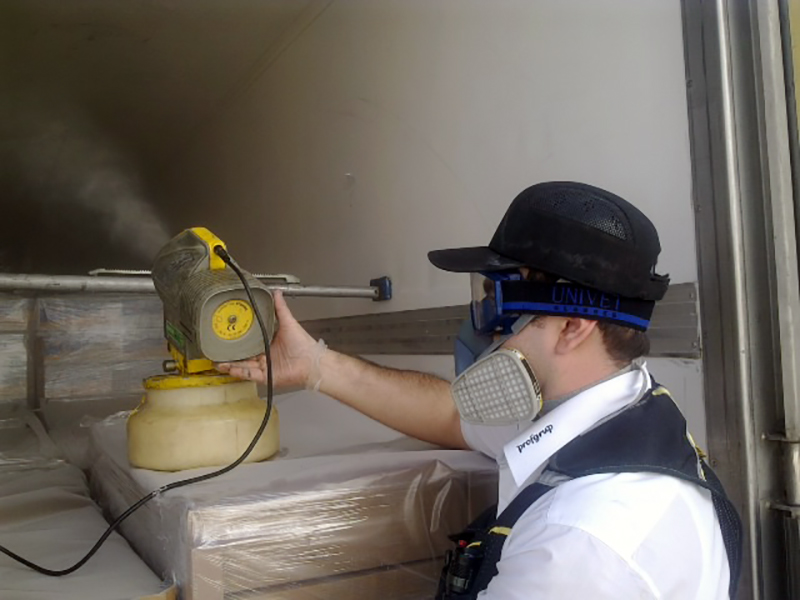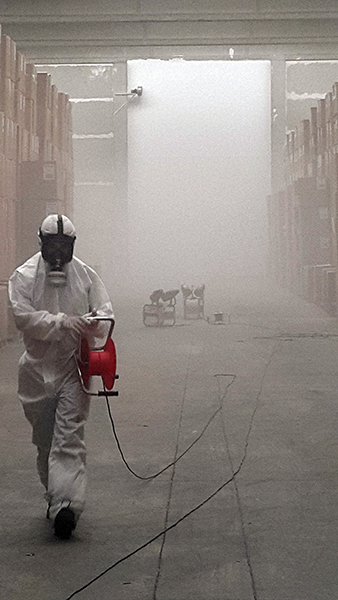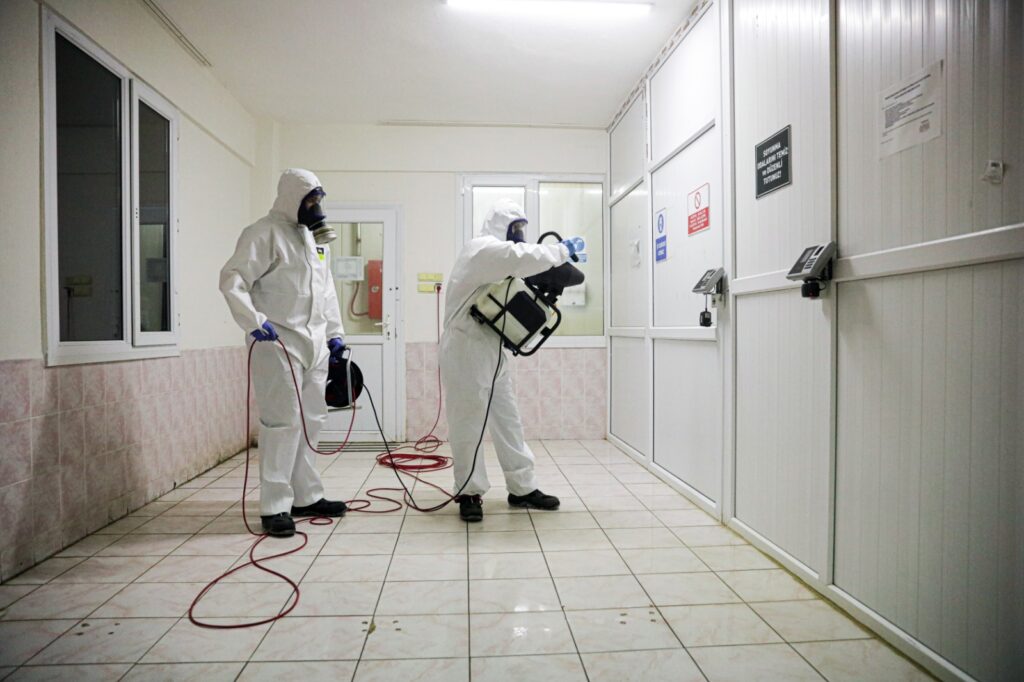Hygienic Surfaces, Healthy Environments!
Disinfection, a critical component of the sanitation program, plays a key role in protection. The usage intensity of areas disinfected after cleaning and exposure to cross-contamination sources increases the risk of re-infection. Therefore, it is important to conduct a comprehensive risk analysis for each area and to repeat disinfection processes regularly.
Contact Us for More Information
Contact us for more information about our professional pest control and disinfection solutions or to request a service.
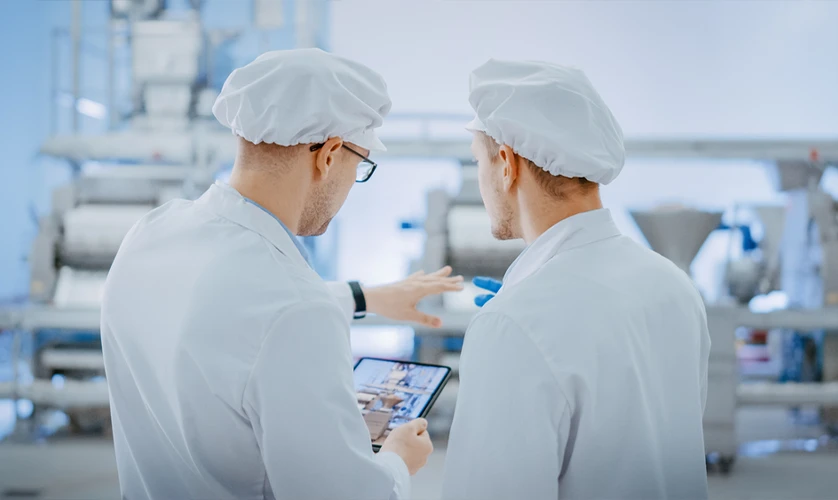
Hygiene is the Milestone of Health!
Sanitation plays a crucial role in protecting the health of individuals and communities. It encompasses all activities aimed at ensuring cleanliness, hygiene, and healthy conditions. Effective sanitation is necessary to prevent the spread of infectious diseases and to improve the quality of life.
Sustainable Sanitation Service
The protective effect of disinfection, which is part of the sanitation program, is the most important parameter. After cleaning, the likelihood of re-infection is high due to the usage intensity of disinfected areas and exposure to cross-contamination sources. Therefore, it is essential to repeat disinfection based on the risk analysis for the areas. Another alternative is to create film layers that provide mechanical surface protection with effective surface retention.
GMP
Good Manufacturing Practices consist of rules that must be applied from the raw material entry stage through to the shipping phase.
Hygiene Audits
Third-party expert teams conduct “third-eye” audits and evaluations from outside the business.
Sanitation Team
In addition to daily cleaning applications, work is carried out with teams capable of performing deep cleaning, especially on production lines.
Disinfection
Beyond personal hygiene, disinfectants and equipment intended for professional use are applied to production lines, environments, and climate control areas.
Microorganisms
It is necessary to prevent the serious damage and losses caused by microorganisms such as mold and yeast in food processing and storage areas.
